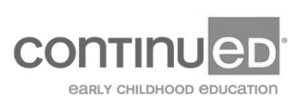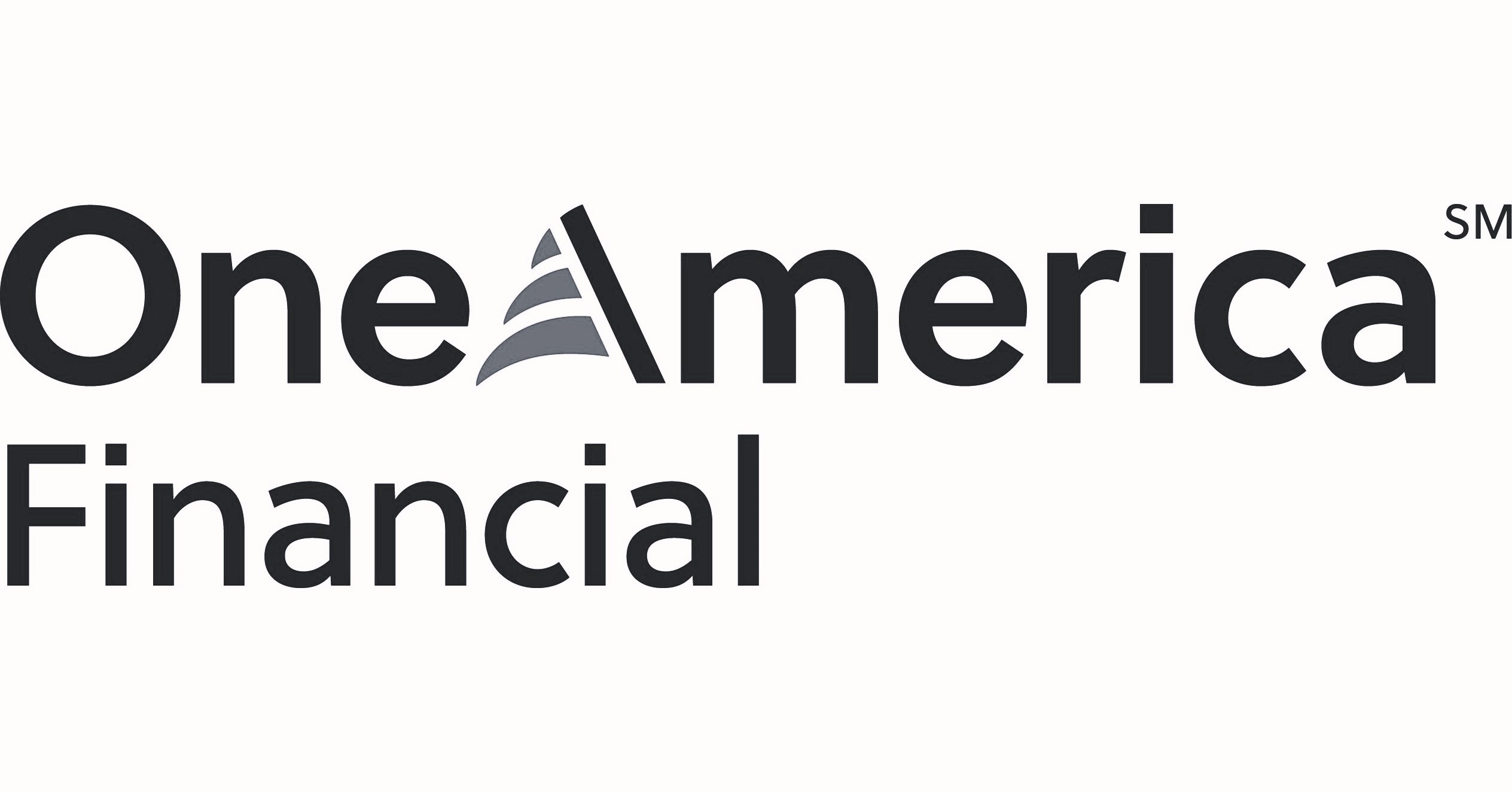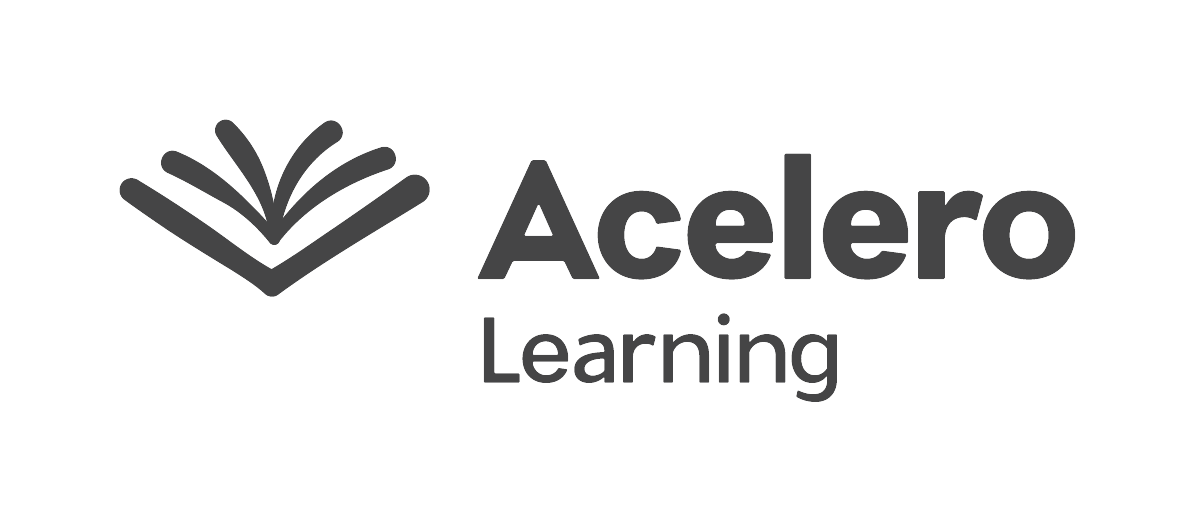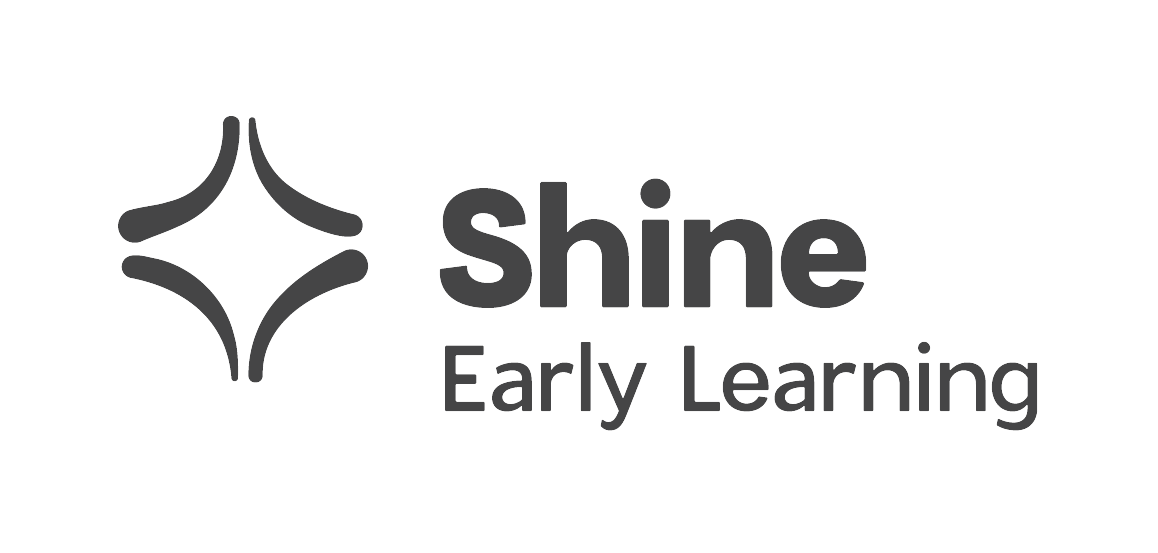

A Memo to the Biden Administration
February 4, 2021
Introduction
The Region 9 Head Start Association (R9HSA) looks forward to working with the Biden Administration to support the needs of our country’s poorest children and families. The R9HSA represents 213 Head Start programs serving over 130,000 children and families in Arizona, California, Nevada, Hawaii, and the Pacific Islands. R9HSA is nationally known for its family engagement initiatives; focus on early childhood Science, Technology, Engineering and Math (STEM); continuous quality improvement; and leadership development. We look forward to drawing upon our unique areas of expertise and our collective experience as members of the Head Start community to support the Administration’s efforts to build a more impactful and equitable early childhood system. Below we outline issues that are particularly important to R9HSA that will support the Biden Administration in meeting its racial justice goals as it works to “Build Back Better” the field of early care and education.
Significant Expansion of Head Start
Head Start is one of the country’s most important racial equity programs. Created during the War on Poverty, the program helps children born into difficult circumstances succeed. Over 56 percent of children served by Head Start are children of color living in poverty. The Head Start program produces significant benefits in areas that are aligned with Biden Administration priorities, including:
Due to inadequate funding, the Head Start program reaches only a fraction of the children who are eligible to receive it. Early Head Start serves less than 10 percent of eligible children birth-to-age three, and Head Start serves less than 50 percent of eligible three- and four-year-olds. To promote a racial equity agenda in early care and education, Head Start must be significantly expanded to serve a larger percentage of eligible children. This is particularly important in Early Head Start as the lack of infant and toddler care was cited as a critical need in every state’s needs assessment conducted as part of the Preschool Development Grant Birth Through Five initiative.[1] As such, funding for Head Start should be increased to expand access and increase the quality of the program, with dedicated funding for increased salaries to achieve parity with the PreK-12 workforce, conduct facilities enhancements, and support trauma-informed care.
In addition, any funding increase in Head Start must afford programs the flexibility to best meet the needs of the community they serve. For example, Head Start’s Designation Renewal System most often uses a birth through five (B-5) model to allocate funding to communities. This model allows applicants the flexibility to propose a B-5 continuum of services and programming where they choose the allocation of Early Head Start and Head Start slots that best meet the needs of the community. Head Start programs have a good sense of community need through a required community needs assessment, and this flexibility is critical to allowing programs to best meet their identified needs. While the expansion of Early Head Start slots is particularly important, increasing these slots can be accomplished by providing a competitive preference priority with additional points to applicants proposing Early Head Start expansion, while still providing the flexibility to serve Head Start children if it is a community need. Even with the broad expansion of prekindergarten slots for three- and four-year-olds proposed in the Build Back Better plan, this flexibility is still critical. Some communities will still not have a prekindergarten program that meets the needs of all three- and four-year-olds. Also, in some cases, the comprehensive services of the Head Start program will better serve the needs of three- and four-year-olds and their families with significant needs. Accordingly, it is important not to limit the flexibility of Head Start programs as funding is increased by earmarking the funding for specific-aged children.
Recruiting, Training, and Retaining an Effective Head Start Workforce
Head Start teachers represent the “point of impact” within Head Start programs. The quality of the interactions between the teacher and the child is the most predictive characteristic of child outcomes in Head Start programs. Recruiting, training, and retaining quality Head Start teachers must be an important part of the Administration’s racial equity agenda because of both the diversity of Head Start teachers and the need to serve a diverse group of children with culturally and linguistically appropriate instruction. Roughly 30 percent of Head Start teachers identify as Black and 25 percent identify as Latinx.
Head Start teachers are poorly paid. According to the National Survey of Early Care and Education, Head Start teachers make, on average, roughly $15 per hour, nearly five dollars less per hour than teachers with similar credentials in school-based prekindergarten programs.[2] This wage differential causes Head Start programs to lose highly-qualified teachers to school-based programs, which negatively impacts Head Start programs both financially and from a quality perspective.
Given these workforce dynamics, the Biden Administration must ensure that the policies designed to support the early care and education workforce:
Aligning the Eligibility Criteria of Head Start and State Early Care and Education Programs
As Head Start works to collaborate with state early care and education programs through initiatives like Early Head Start-Child Care partnerships, it is becoming increasingly apparent that that differences in the eligibility thresholds between Head Start and state early childhood programs is a significant administrative barrier to coordinating these programs to best meet the needs of children and families. Moreover, a number of states are passing minimum wage laws that bring some families just above a poverty threshold that fails to account for increases in the cost of living in communities across the country. Given these circumstances, the Biden Administration must explore changes in the eligibility threshold for Head Start. While R9HSA is fully aware of the currently existing measures that increase the eligibility threshold (i.e., ability to enroll a percentage of children up to 130 percent of poverty), the administration must study other options to better align with state eligibility criteria for early education and child care programs. This examination should include modeling the impact of using state median income to determine if this threshold better reflects those that are in significant need in the state and better optimizes federal investments. R9HS believes that eligibility thresholds can be increased while still maintaining a focus on the most vulnerable children and families through the Eligibility, Recruitment, Selection, Enrollment, and Attendance policies implemented at the local level.
Reforming the Process that Determines which Head Start Programs Must Compete
In 2011, the Office of Head Start began implementing the Designation Renewal System (DRS), an accountability framework designed to distinguish whether or not grantees are delivering high-quality comprehensive services. R9HSA has found the DRS to be an important vehicle for program review, reflection, and improvement. R9HSA stands in support of Head Start’s DRS in a revised form, and looks forward to working with the Administration on a system that focuses more on continuous improvement than the competition of programs. The DRS changes finalized by the Office of Head Start in late August 2020 have taken a giant step in this direction, changing the deficiency condition from one deficiency to two, and revising the CLASS condition to include quality thresholds while increasing the thresholds for competition.
R9HSA looks forward to working with the Biden Administration to continue to move the DRS toward a continuous quality improvement framework. We hope the Administration will implement competition conditions that better reflect the two-generation comprehensive services that Head Start programs provide by exploring conditions related to family engagement and the provision of health services.
R9HSA appreciates the opportunity to provide suggestions to the Biden Administration and is looking forward to our work together.
[1] Capizzano, J. and Dahlin, M. Addressing the Infant and Toddler Care Crisis: How States Are Using the Preschool Development Grant Birth Through Five Renewal Funding to Support Children Younger than Three. BUILD Initiative Brief: 2020.08.30 NCIT Infant Toddler Crisis Brief.pdf (buildinitiative.org).
[2] National Survey of Early Care and Education Project Team. (2013). Number and Characteristics of Early Care and Education (ECE) Teachers and Caregivers: Initial Findings from the National Survey of Early Care and Education (NSECE). OPRE Report #2013-38, Washington DC: Office of Planning, Research and Evaluation, Administration for Children and Families, U.S. Department of Health and Human Services.











I have been to management workshops, not leadership training. This has totally changed my perspective and encouraged me to propel forward in developing my skills.
I am honored and humbled to be a recipient of the Region 9 Head Start Association’s Legacy Scholarship. The scholarship helped me get one step closer to achieving my goal of becoming a Head Start Director.
I took part in The disproportionate impact of COVID 19, and how to provide “real” support for black/brown children and families and I just want to say this was an amazing webinar. I hope we can look forward to further conversation on this topic.
Thank you so much for making events like this! I really enjoyed and learned so much teaching strategies to implement STEM in the classroom.
The HR Network was an excellent opportunity to network and learn the best practices from other HR professionals within Head Start programs. You will be amazed by the level of talent and experience of the participants.
The Summer Camp training was powerful and inspiring! Each presenter was very engaging, it’s hard to even pick a favorite session!
The Leadership Challenge training was very relevant to my work as a Head Start leader! Great facilitation; stayed with the program yet allowed time for individual and small group reflections.
Regular price $12.00

Regular price $39.00




Questions? Contact us at headstartr9@region9hsa.org.